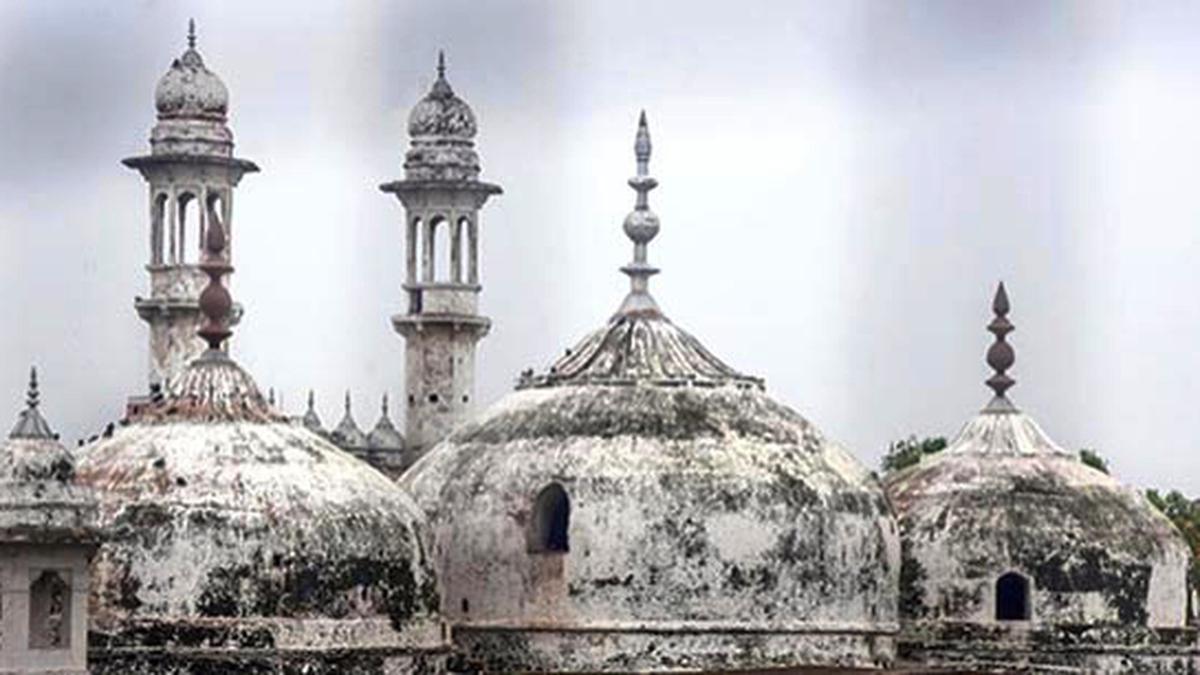
There existed a Hindu temple prior to construction of Gyanvapi mosque: Archaeological Survey of India
The Hindu
An Archaeological Survey of India report has concluded that there existed a Hindu temple prior to the construction Gyanvapi mosque in Varanasi
The western wall of the Gyanvapi mosque located in Varanasi, Uttar Pradesh, is the remaining part of a pre-existing Hindu temple, says the ground penetrating radar (GPR) survey report of the structure prepared by the Archaeological Survey of India (ASI). The ASI report concluded that it can be said there existed a Hindu temple prior to the construction of the existing structure, that is the mosque.
“The western wall of the Gyanvapi mosque existing structure is the remaining part of a pre-existing Hindu temple. This wall, made of stones and decorated with horizontal mouldings, is formed by remaining parts of western chamber, western projections of the central chamber and western walls of the two chambers on its north and south. The central chamber attached to the wall still exists unchanged whereas modifications have been made to both the side chambers,” the ASI report, whose copy is with The Hindu, said.
The Arabic-Persian inscription found inside a room mentions that the mosque was built in the 20th regal year of Aurangzeb (1676-77 CE). Hence, the pre-existing structure appears to have been destroyed in the 17th century, during the reign of Aurangzeb, and part of it was modified and reused in the existing structure.
Editorial | Legitimising revanchism: On the Gyanvapi case and the Allahabad High Court
“Based on scientific studies/ survey carried out, study of architectural remains, exposed features and artefacts, inscriptions, art and sculptures, it can be said that there existed a Hindu temple prior to the construction of the existing structure,” the ASI added.
The ASI also stated that it had systematically and scientifically studied the pillars and pilasters used in the existing structure and it was found that for the enlargement of the mosque and constructing sahan, parts of the pre-existing temple, including pillars and pilasters, were reused with little modifications.











